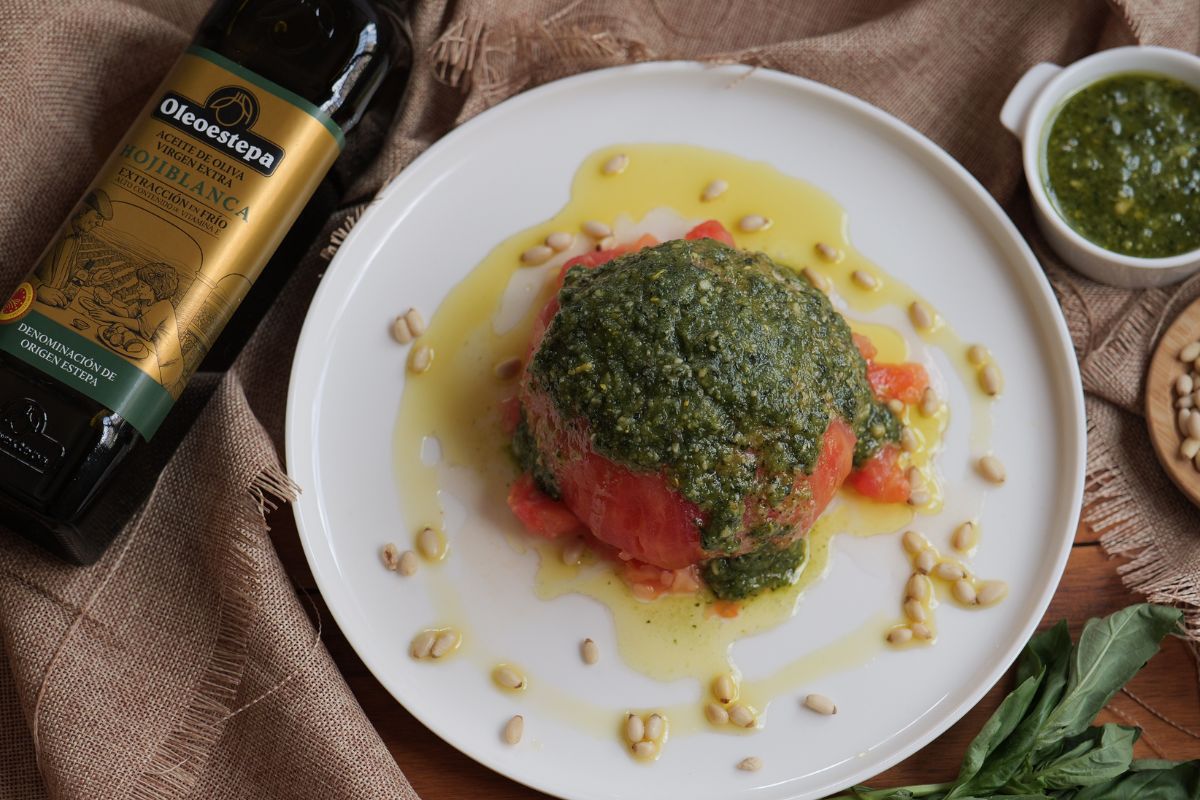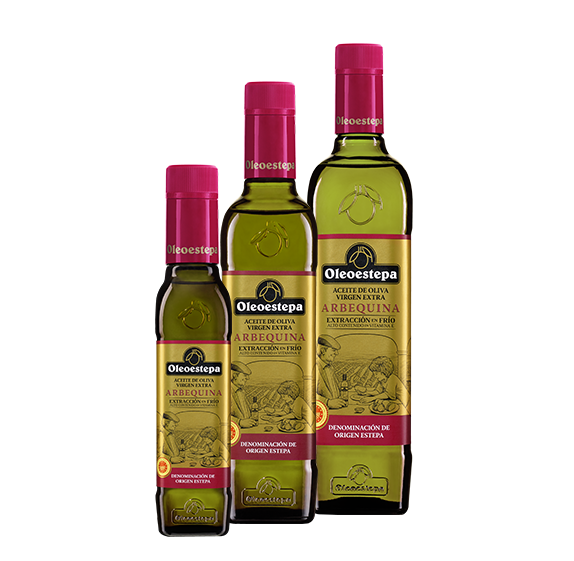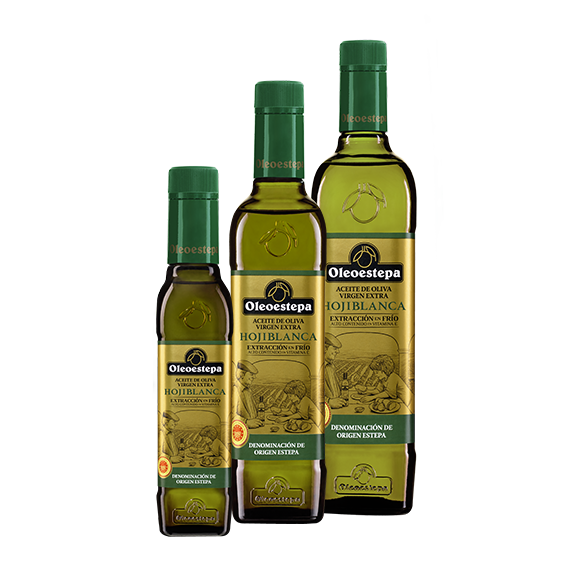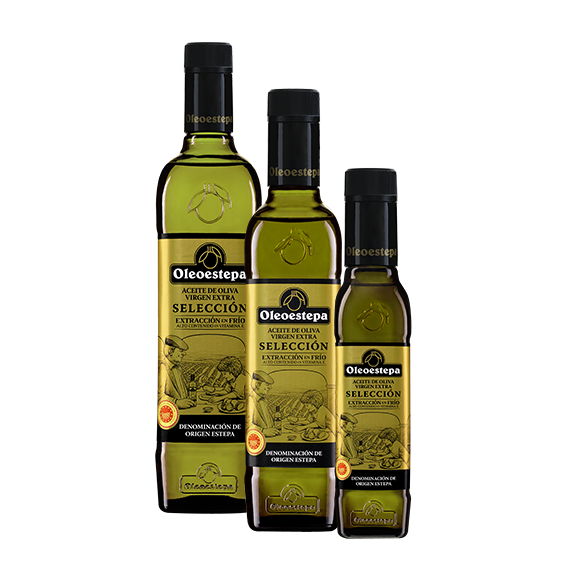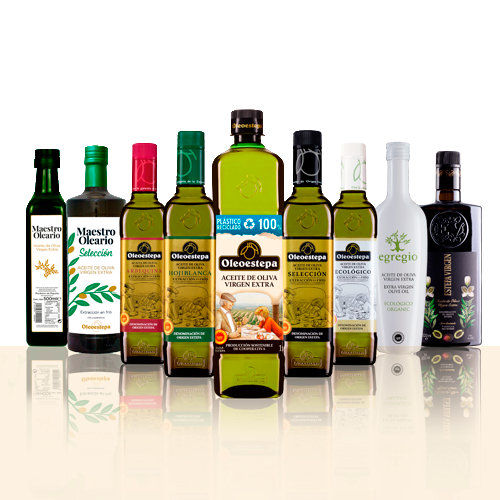Get to know us
We are a large cooperative of 7,000 olive growing families, creators of jobs in a rural area.
Sustainability
An entire ecosystem in perfect balance thanks to a symbiotic relationship between nature and the olive groves.
Latest news
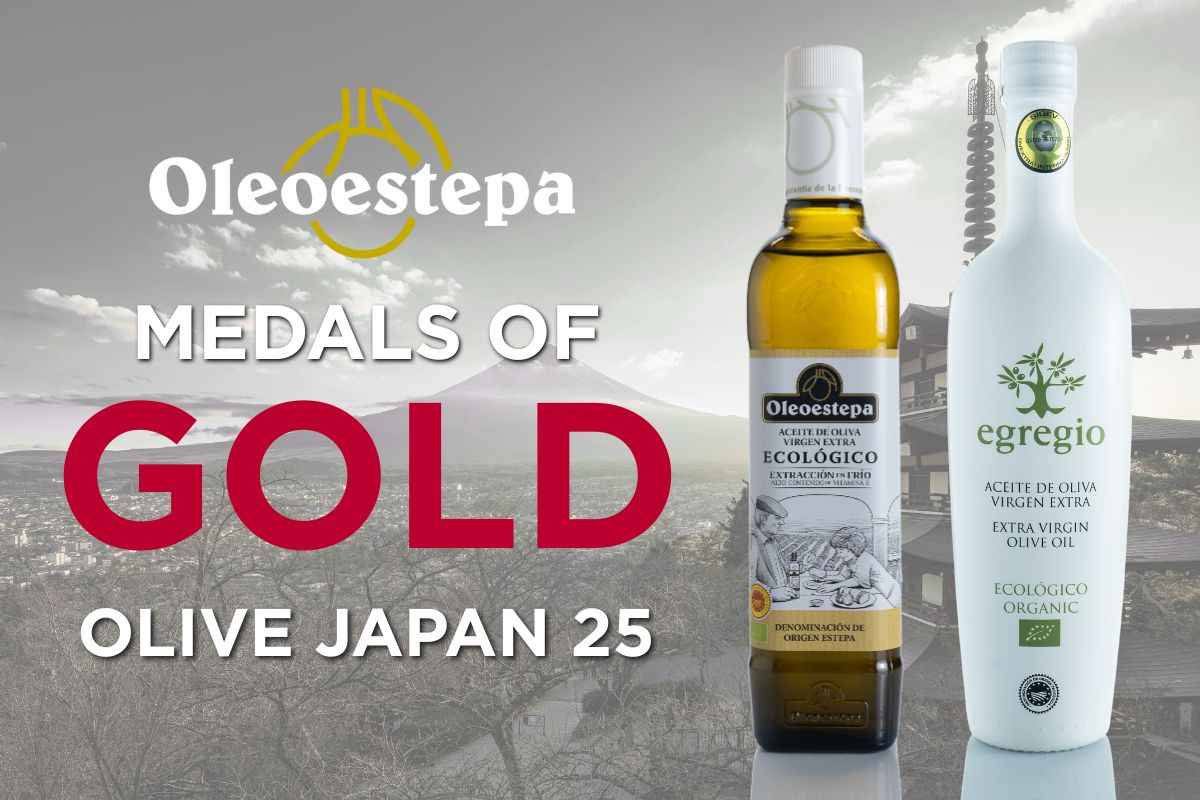
Oleoestepa wins two Gold Medals at OLIVE JAPAN 2025 with its organic extra virgin olive oils
Oleoestepa continues to receive international recognition—this time in Asia—after being awarded two prestigious Gold Medals at OLIVE JAPAN 2025, one of the most influential competitions in the olive oil sector worldwide. The awarded oils were Egregio and Oleoestepa Ecológico, both clear examples of the cooperative’s firm commitment to sustainability, excellence, and environmental respect. These awards […]
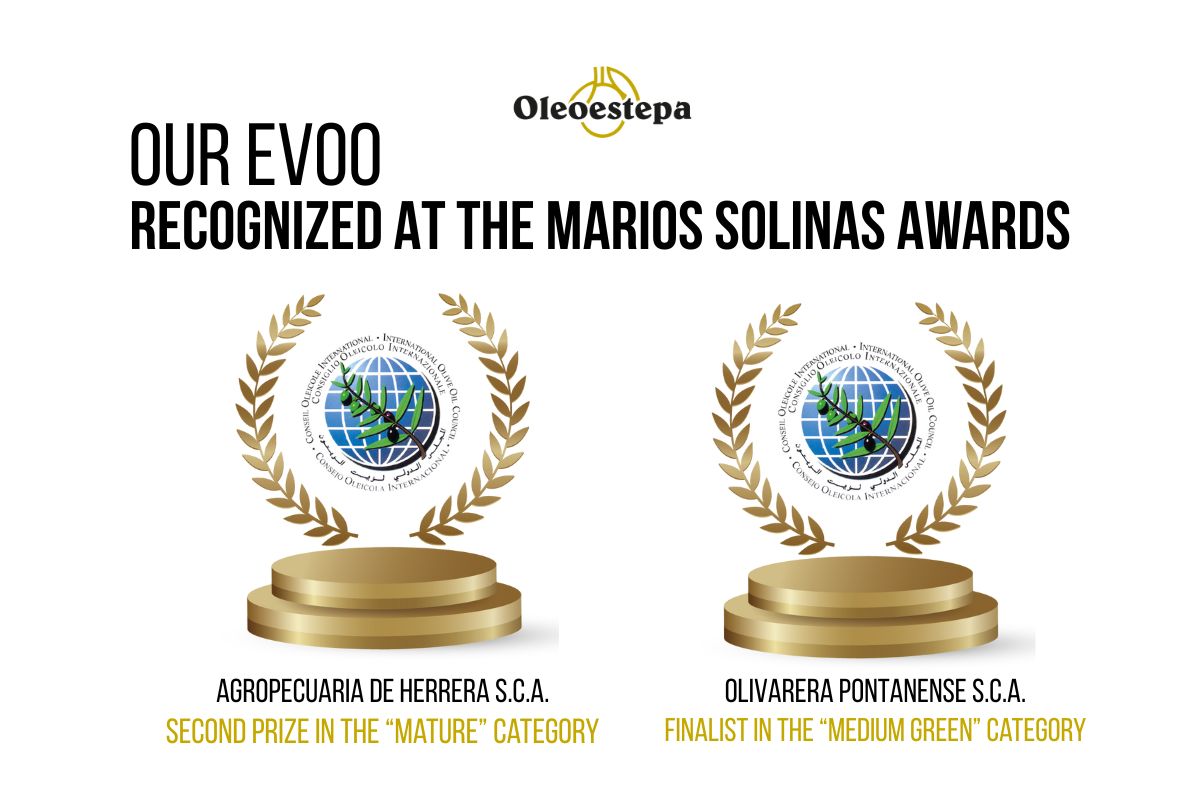
Oleoestepa stands out at the 2024 Mario Solinas Quality Awards
Oleoestepa SCA has once again demonstrated its leadership in the production of high-quality extra virgin olive oil by receiving major recognition at the prestigious 2024 Mario Solinas Quality Awards, organized by the International Olive Council (IOC). Two of our associated cooperatives, Agropecuaria de Herrera S.C.A. and Olivarera Pontanense S.C.A., were honored in two of the […]
Flavours
Disfruta de las mejores recetas AOVE
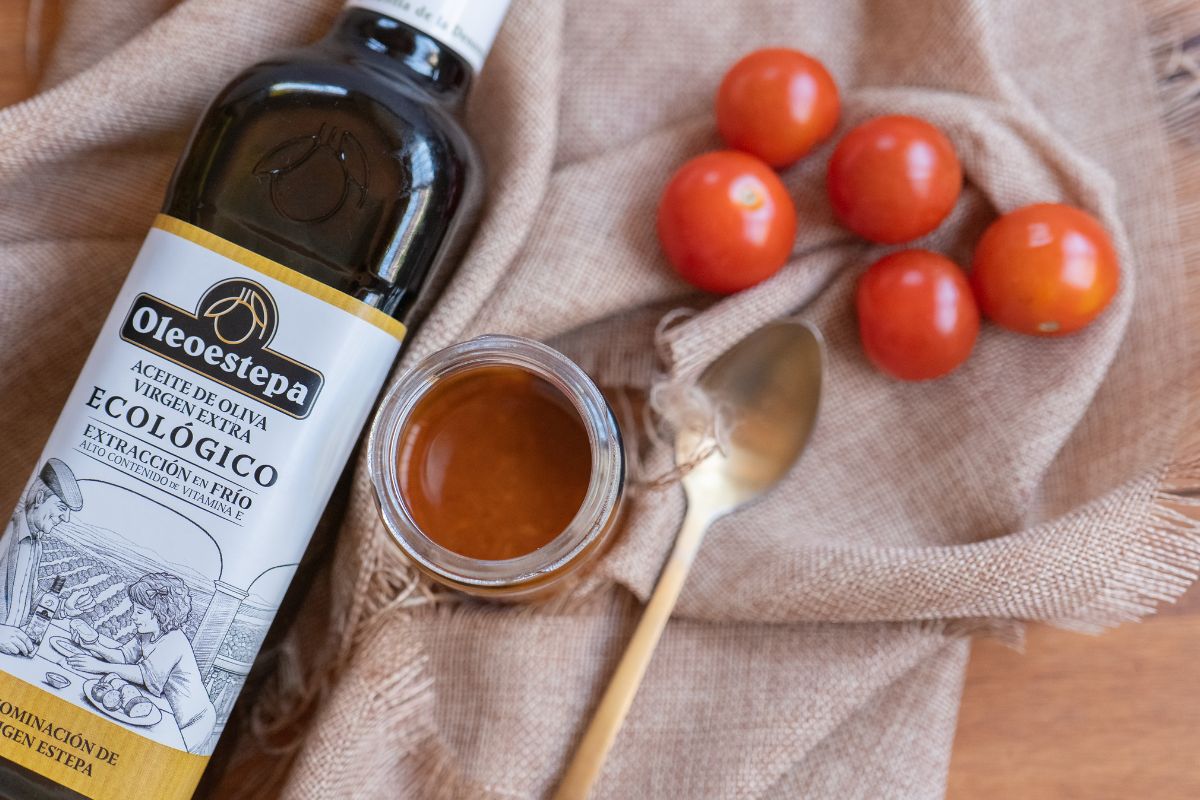
Vinagreta libanesa: un viaje de sabor al Mediterráneo oriental
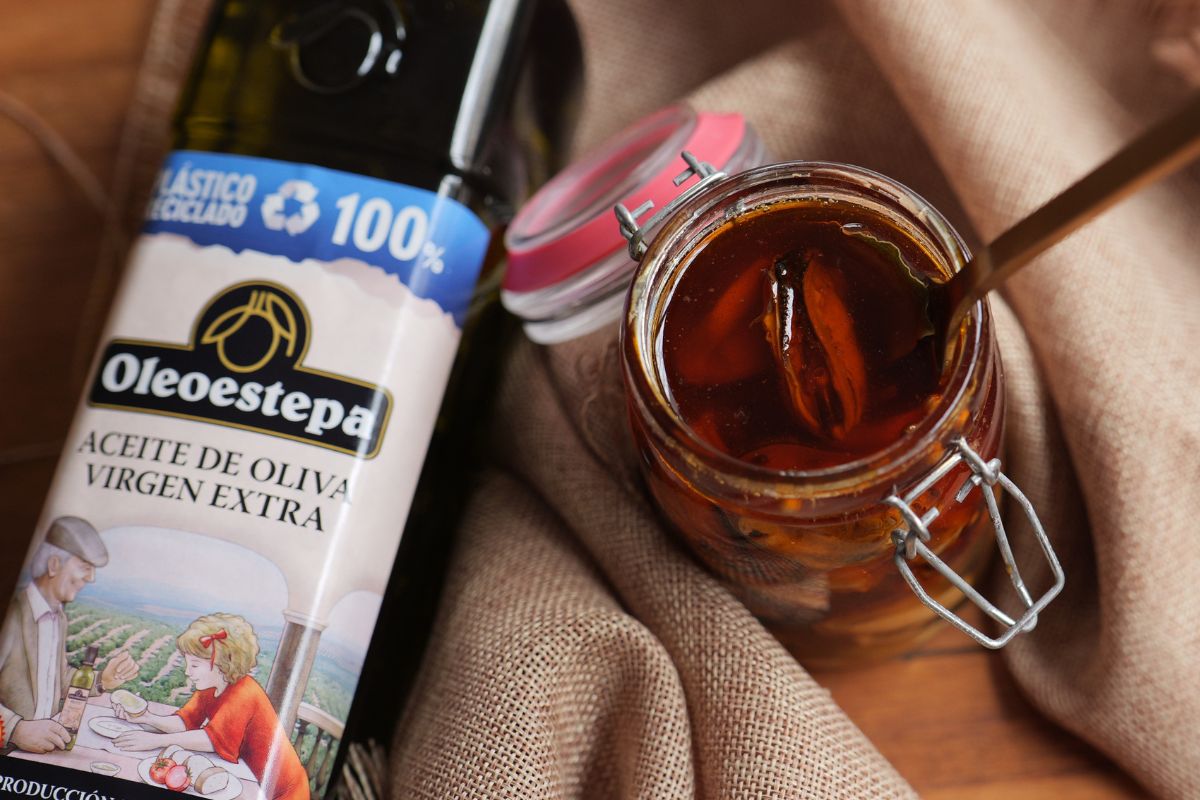
Mejillones en escabeche con AOVE
